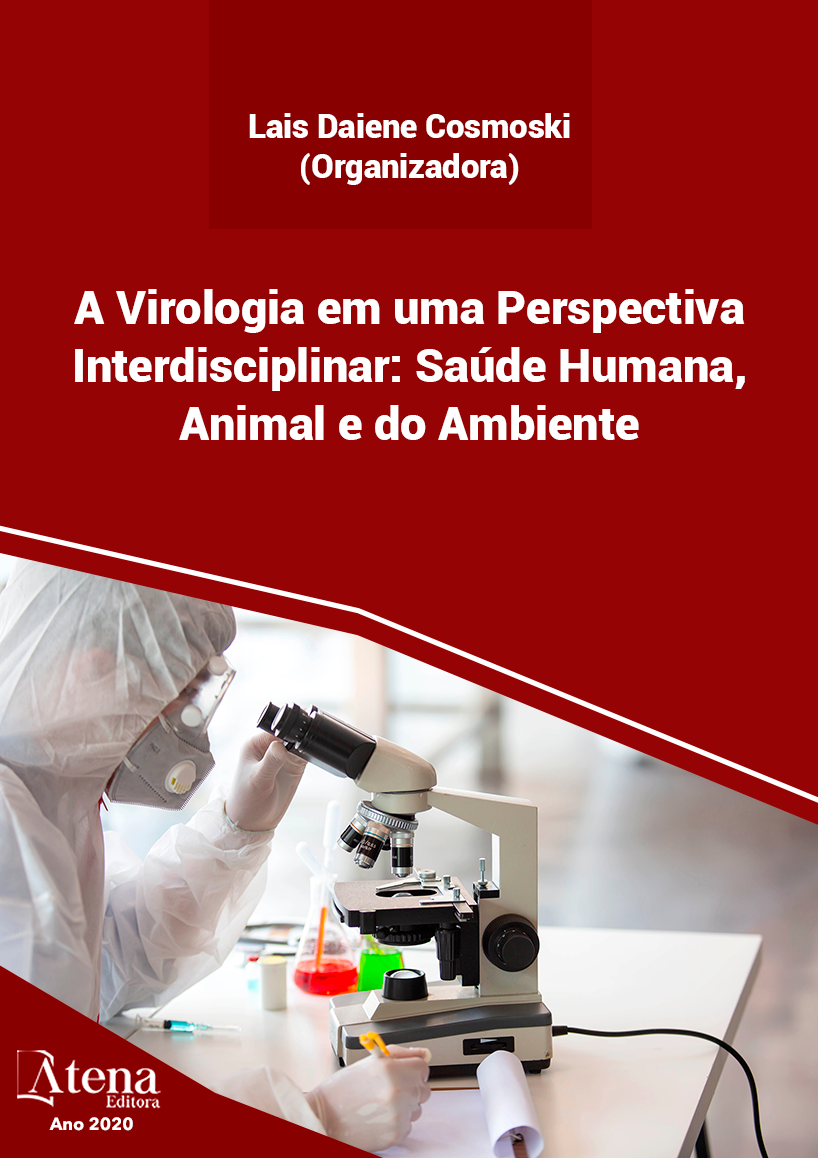
INVESTIGAÇÃO SOROLÓGICA DE INFECÇÃO ARBOVIRAL EM AMOSTRAS DE PACIENTES COM SUSPEITA CLÍNICA DE DENGUE EM JATAÍ-GOIÁS
Arbovírus (Arthropod-bone virus) ocasionam doenças em seres humanos, com gravidade de evolução clínica variando desde casos assintomáticos até casos fatais. Os arbovírus comumente estão associados a epidemias como os vírus da Dengue (DENV), Oropouche (OROV), Zika, Mayaro e Chikungunya. Neste contexto, no município de Jataí-Goiás, diversas epidemias de dengue têm ocorrido, porém há reduzido número de pesquisas direcionadas a investigação epidemiológica de circulação arboviral. Portanto, o presente estudo investigou a soropositividade arboviral do DENV e OROV a partir de amostras de seres humanos com suspeita clínica de dengue, procedentes do município de Jataí. Consequentemente, um total de 484 amostras, armazenadas na soroteca do Centro Médico Municipal de Saúde do Laboratório Elzevir Ferreira Lima, foram selecionadas para análise laboratorial. Inicialmente, as amostras foram triadas pelos métodos de ELISA (IgM/IgG e NS1) para detecção do DENV. Logo após, para as amostras DENV negativas, foi utilizado o método EIA-ICC (enzyme immunoassay on infected cultured cells), o qual utiliza células de mosquitos Aedes albopictus (C6/36) que foram fixadas nas placas de ELISA e infectadas com o OROV, objetivando a detecção sorológica de IgM e IgG específicos anti-OROV. Sendo assim, destaca-se que um total de 484 amostras do período 2012-2015 foram incluídas no estudo. Em suma, os resultados dos ensaios de ELISA, 62.8% (304/484) foram consideradas DENV reagentes. Para as amostras DENV negativas (141/484), triadas pelo EIA-ICC, destaca-se soropositividade de IgM anti-OROV de 2.8% (4/141), enquanto para IgG houve reatividade de 4.2% (6/141). Em conclusão os resultados evidenciados de soropositividade do OROV, provavelmente sugerem que casos de febre do Oropouche estejam circulando e passando despercebido na região de estudo, fato este que reforça a necessidade de constante vigilância epidemiológica voltada ao OROV.
INVESTIGAÇÃO SOROLÓGICA DE INFECÇÃO ARBOVIRAL EM AMOSTRAS DE PACIENTES COM SUSPEITA CLÍNICA DE DENGUE EM JATAÍ-GOIÁS
-
DOI: 10.22533/at.ed.8102027053
-
Palavras-chave: Dengue; Vírus Oropouche; EIA-ICC; Arbovírus
-
Keywords: Dengue; Oropouche virus; EIA-ICC; Arbovirus
-
Abstract:
Arboviruses (Arthropod-borne virus) cause diseases in humans, with severity of clinical evolution ranging from asymptomatic cases to fatal cases. Arboviruses are commonly associated with epidemics such as Dengue (DENV), Oropouche (OROV), Zika, Mayaro and Chikungunya viruses. In this context, in the municipality of Jataí-Goiás, several dengue epidemics have occurred, but there are a small number of researches aimed at epidemiological investigation of arboviral circulation. Therefore, the present study investigated the arboviral seropositivity of DENV and OROV from samples of humans with clinical suspicion of dengue, from the municipality of Jataí. Consequently, a total of 484 samples, stored in the seroteca of the Municipal Medical Health Center of Laboratório Elzevir Ferreira Lima, were selected for laboratory analysis. Initially, the samples were screened by ELISA methods (IgM/IgG and NS1) to detect DENV. Soon after, for the negative DENV samples, the EIA-ICC method (enzyme immunoassay on infected cultured cells) was used, which uses Aedes albopictus mosquito cells (C6/36) that were fixed on the ELISA plates and infected with OROV, aiming at the serological detection of specific anti-OROV IgM and IgG. Therefore, it is highlighted that a total of 484 samples from the 2012-2015 period were included in the study. In short, the results of the ELISA assays, 62.8% (304/484) were considered DENV reagents. On the other hand, for the negative DENV samples (141/484), screened by the EIA-ICC, the anti-OROV IgM seropositivity of 2.8% (4/141) stands out, while for IgG there was reactivity of 4.2% (6/141). In conclusion, the evidenced results of OROV seropositivity, probably suggest that cases of Oropouche fever are circulating and going unnoticed in the study region, a fact that reinforces the need for constant epidemiological surveillance focused on OROV.
-
Número de páginas: 13
- Marielena Vogel Saivish
- Marcos Lázaro MOreli
- Vivaldo Gomes da Costa


